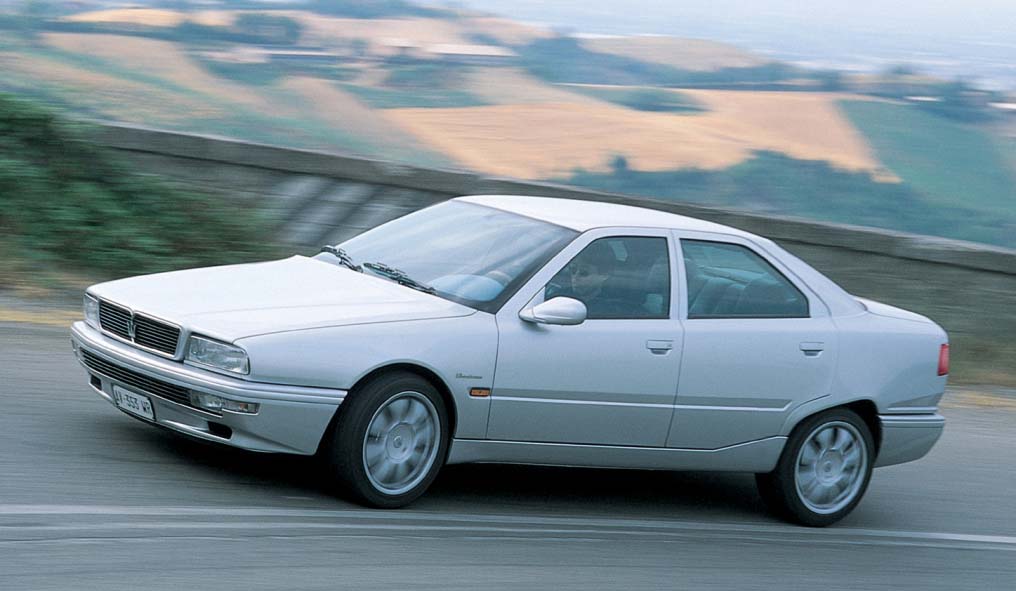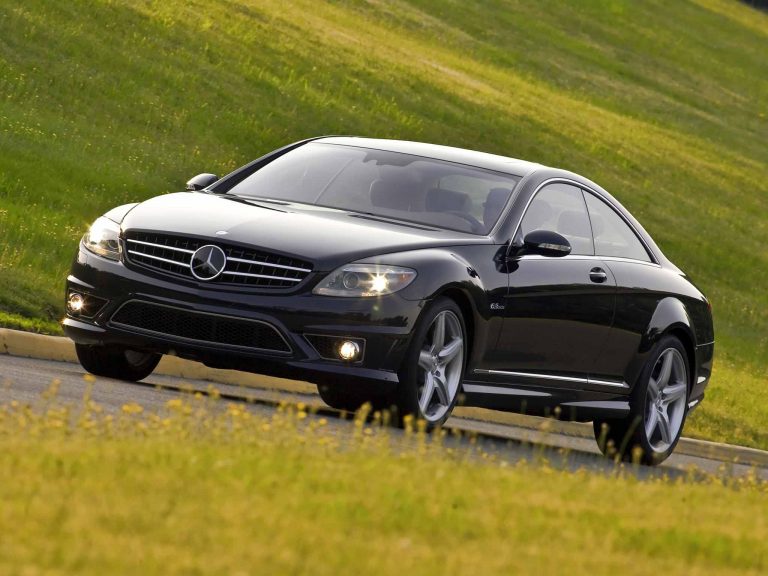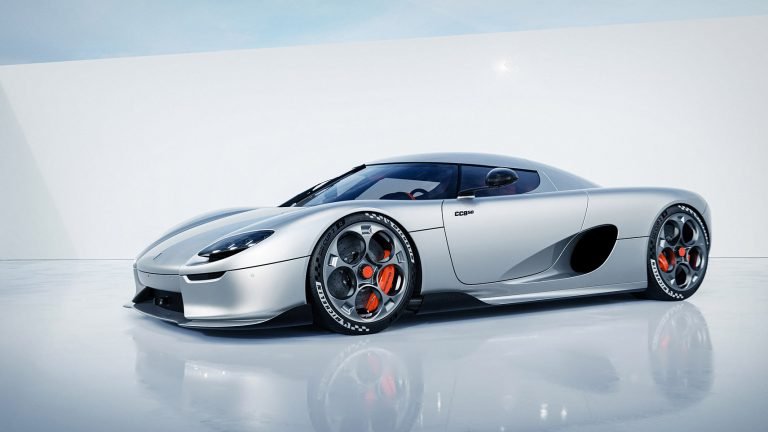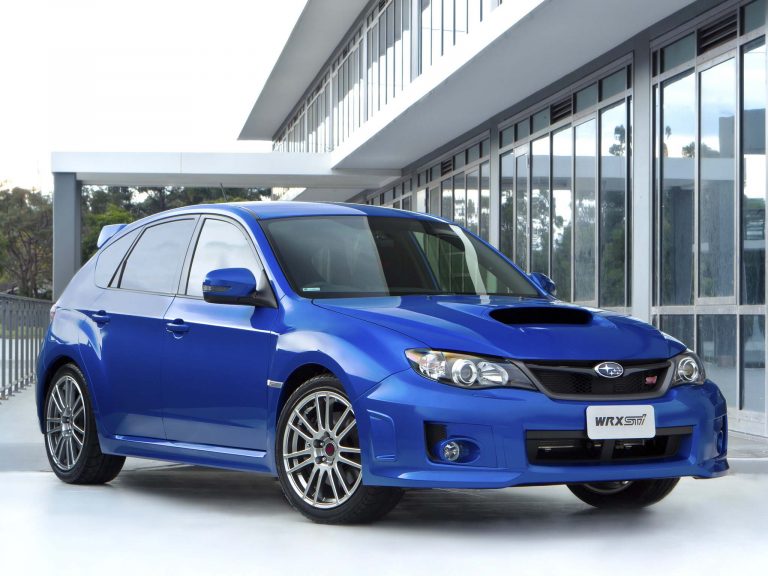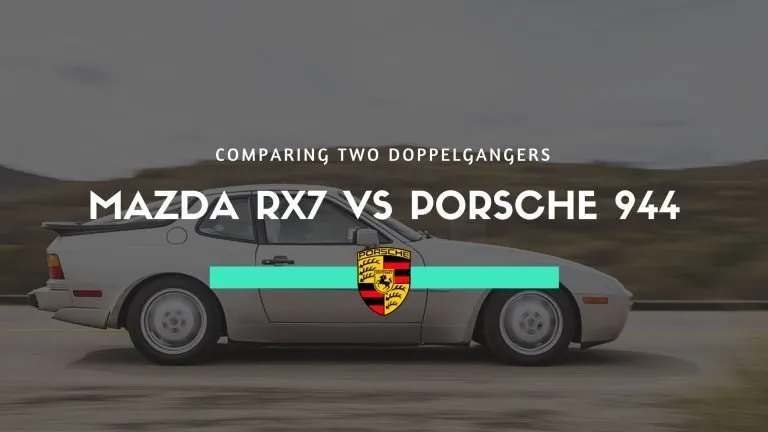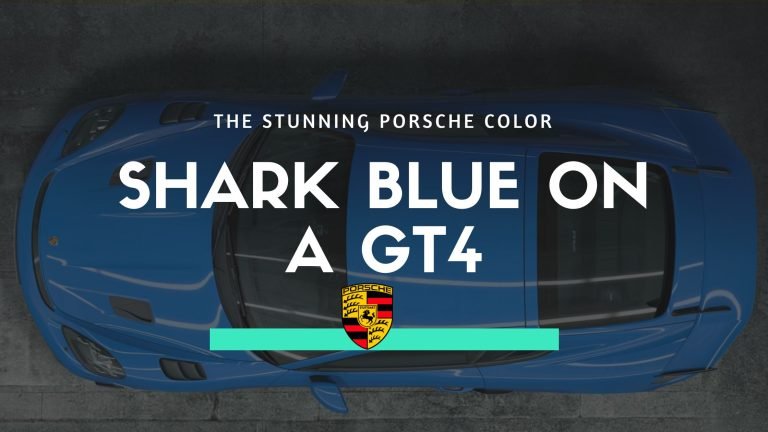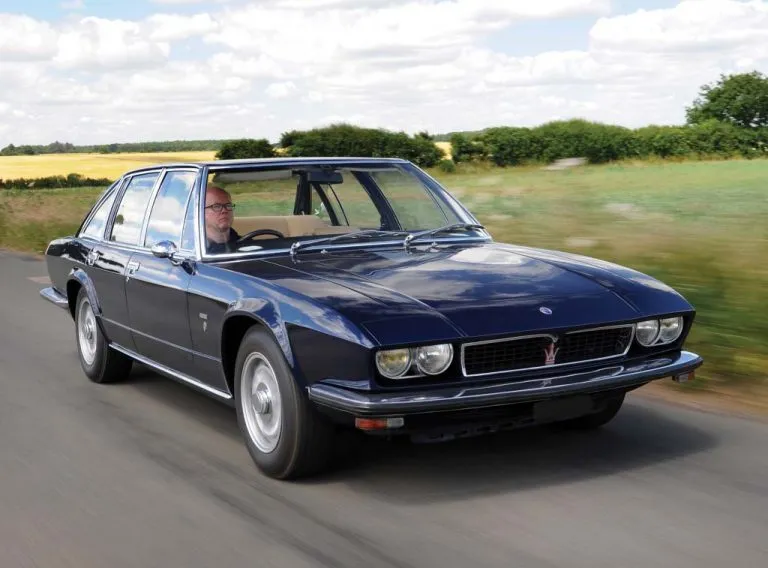Maserati Quattroporte 1996 – Spirit of the Biturbo
1996 would see the unveiling of one specific car from the Maserati factory, in Modena, which would be their highlight for the fourth generation of the Quattroporte. This was the ‘otto-cilindri’ 3.2 liter V8 powered Quattroporte. This would also be a watershed moment for Maserati, as this was the last model to be constructed within their aging factory before FIAT would give the work space a complete overhaul.
But this model of the four-door sedan, that had kept Maserati active for the last 30 years, was still a maligned enigma. Showing its influences of the company that had held the purse strings before. This was a vehicle that owed much of its design and build to a previous De Tomaso model though trying to look forward through the eyes of FIAT. A transitional model that helped to bridge the gap from old to new beginnings. Albeit a very expensive model.
So, in this 1996 Maserati Quattroporte review, we will take a look at the background of how Maserati got to this point and examine the car’s performance.
The Biturbo Still Lives On
Though, in 1994, at the Turin Motor Show, a new rendition of the four-door Quattroporte would be unveiled, this was nothing new. Most of the sedan’s construction and drivetrain would come from the Maserati Biturbo. A lot of the chassis and its suspension, along with the engine and body shape would all come from the Biturbo or from its motoring siblings, the Shamal and the Ghibli. In essence, all four cars were the same.
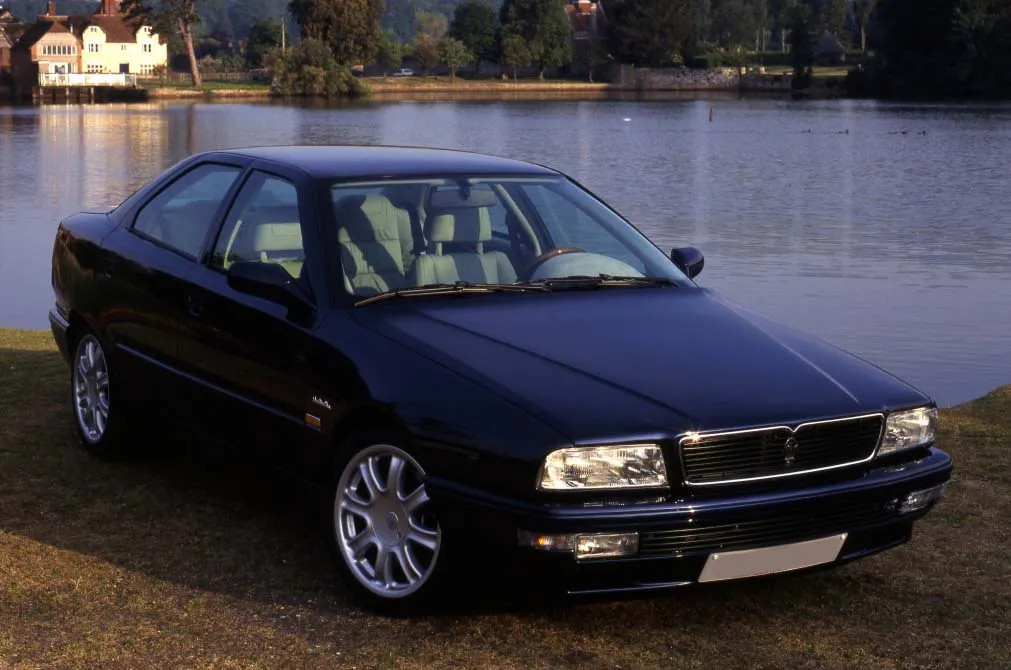
The Biturbo had been in existence since 1981 and had served both Maserati and their former owner, De Tomaso, well, as it sold over 40,000 units in its lifespan. Though blighted by negative reviews overseas and rumored to be the reason why Maserati pulled out of the North American market at that time.
By the time De Tomaso’s bankruptcy troubles forced him to sell Maserati to FIAT, in 1993, Maserati was producing three variants of the same car – the Biturbo, the Ghibli and the Shamal. At the high end, all had very powerful iterations of these models but were not trouble free.
FIAT was eager to develop their first Maserati and a quick and easy way to do this was to modify an existing model. So, as 1994 ended, in the following April there appeared the “new” Maserati Quattroporte IV.
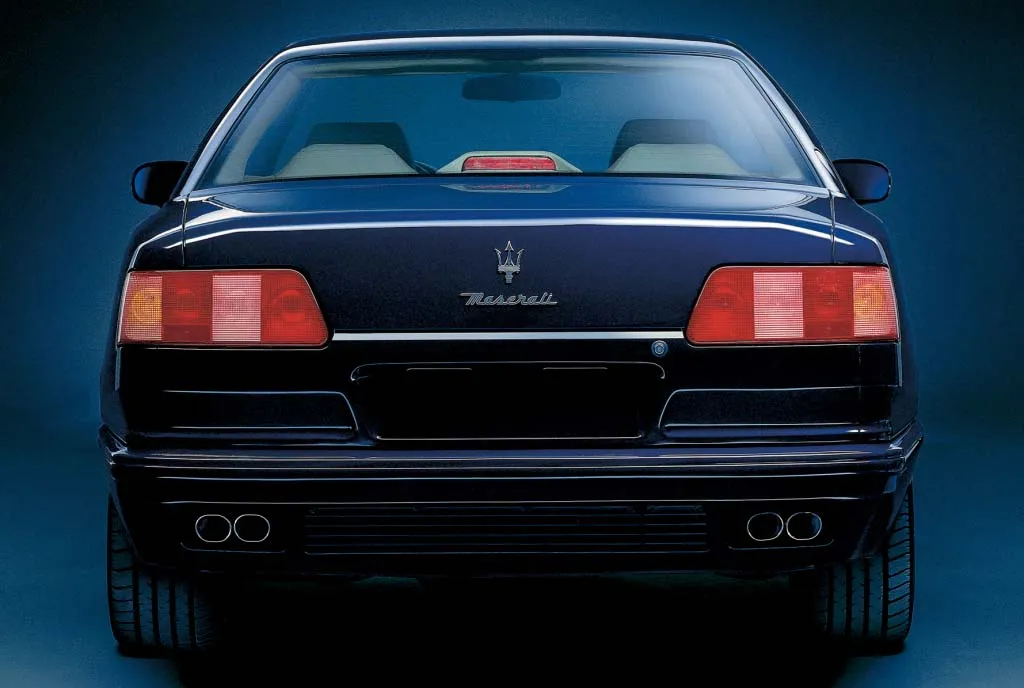
Using a slightly elongated Biturbo chassis and the initial twin turbocharged V6 engine block would come from the Shamal. Body design is very similar to the Shamal, as well, though more aerodynamic in its look. However, the wedge-shaped sedan, in the end, just looks like a car with an oversized backside. Considering this was penned by the famous Italian designer, Marcello Gandini, the exterior design was woeful then as it is now.
A Strong Engine
While the initial models were powered by a 2.0 liter and 2.8 liter V6 engine, the Maserati Quattroporte 1996 specs for the engine were much larger. This edition was given a 3.2 liter twin turbocharged V8 engine which produced 330 bhp at 6,400 rpm and 332 lb-ft or torque at 4,400 rpm. The ‘otto-cilindri (eight cylinder) engine could accelerate from 0-60 mph in 5.8 seconds and had a top speed of 168 mph (165 mph for the automatic).
All rear wheel drive models were installed with a six-speed manual transmission from Getrag though, as an option, four-speed gearboxes were available for the 2.8L and 3.2L by ZF and Australia’s BTR respectively.
As another addition for the Maserati Quattroporte 1996 model would be the eight spoke alloy wheels and aerodynamic wing mirrors.
Luxury is Standard
As befitting any Maserati, the level of luxury inside the cabin was top notch. A sedan that could seat five adults comfortably with the front seats providing both comfort and some lateral support too.
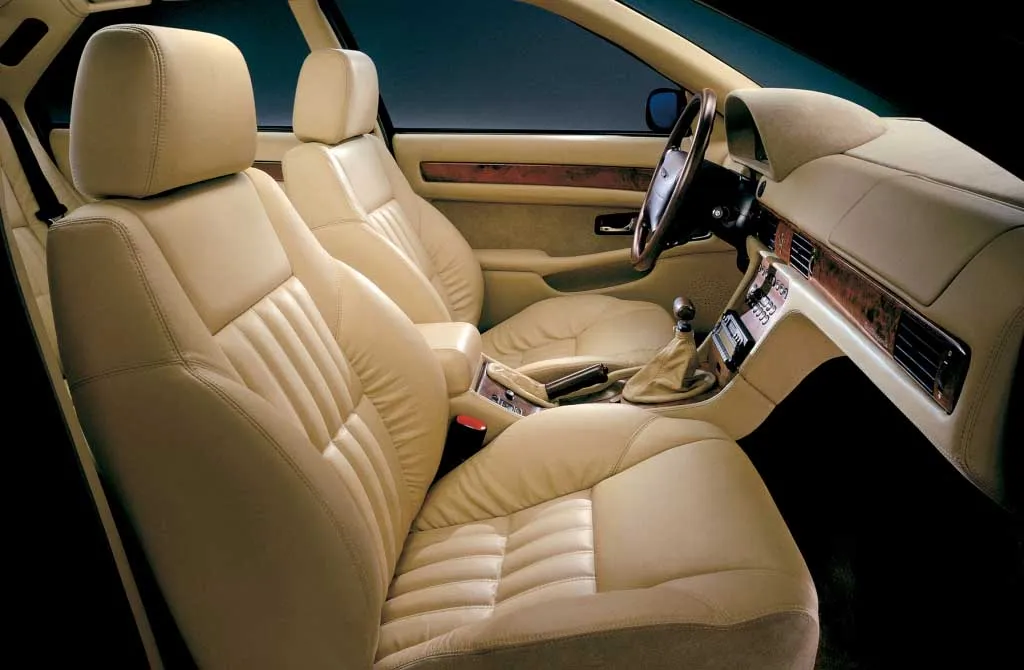
Everywhere you looked the Maserati Quattroporte 1996 interior was plush in fine leather and elegant wood. The fine English leather, from Connolly, would cover everything which included many areas of the dash and doors. The rich color of the elm burr wood finished off the sumptuous feel of the interior.
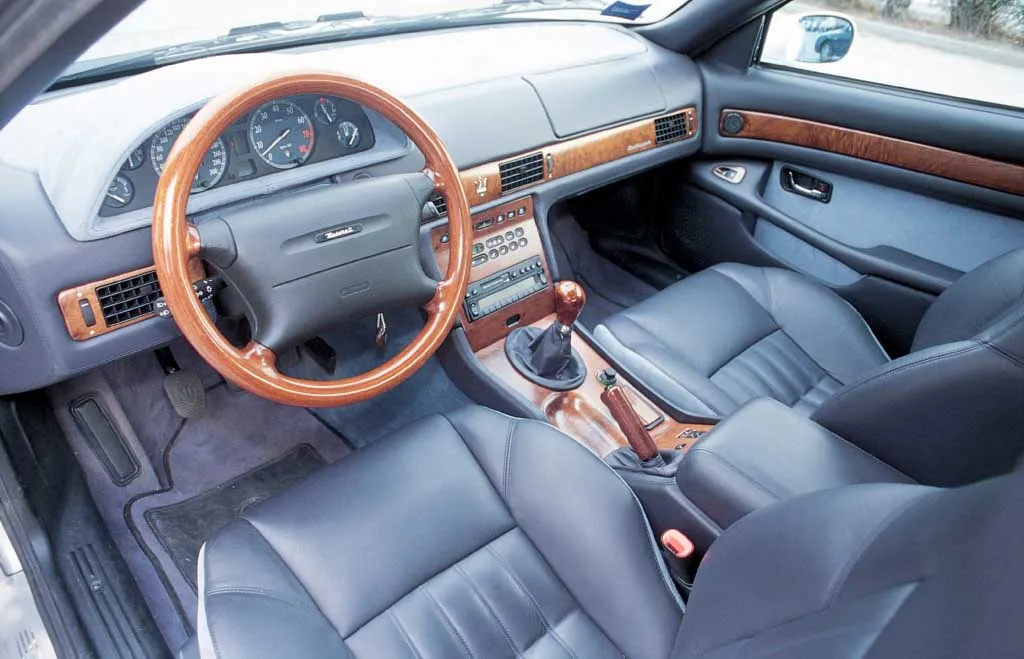
Behind the wooden steering wheel, the dash held a number of dials and gauges that were subtly blended into the wooden frame. This included the iconic elliptical analog clock.
Too Much Excitement
As a driving experience, the Maserati Quattroporte 1996 was a bit of a mixed bag. Though the speed and acceleration were undeniable, the handling could not keep pace with the power. Taking bends and cornering at speed was a scary prospect as the direction of the car did not always follow the direction the steering wheel was going in.
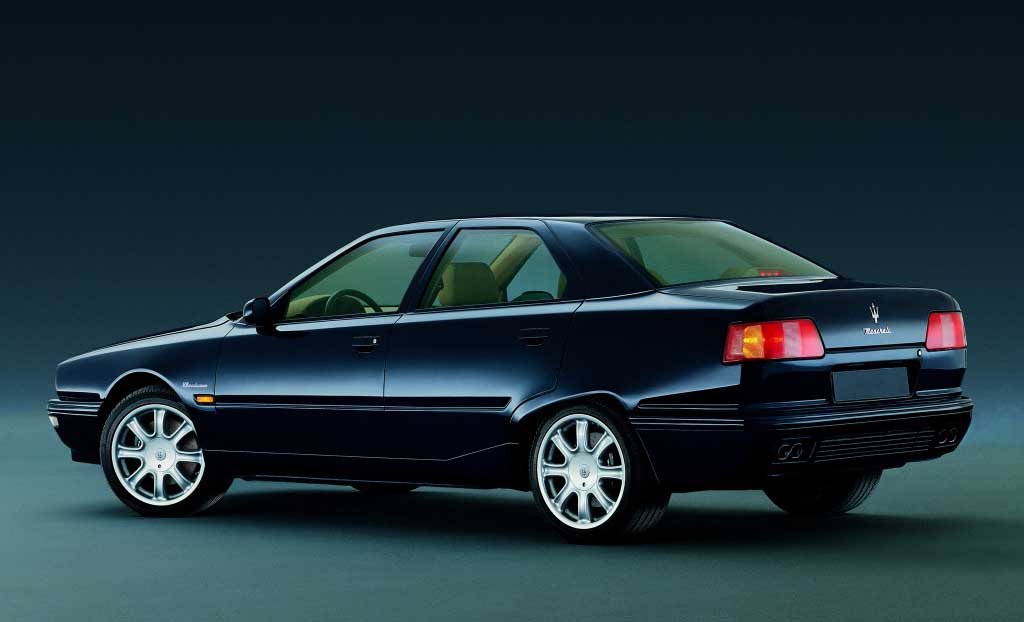
It left the driver with little confidence as they had to fight the steering during high speed driving, unless it was on a straight track. Fortunately, it had strong brakes which kept the car under (some) control.
At the time of its release, it was reviewed by Top Gear’s Jeremy Clarkson and he gave it a scathing condemnation. Finding no positives whatsoever, other than the nice clock. What sparked his ire was the exorbitant price tag. It was priced at around US$100,000 which was $30,000 more than its German competitors.
While those Teutonic sedans would have many standardized features and driving aids, the Maserati Quattroporte 1996 model had none.
Remake Remodel
During its two year run, the Maserati Quattroporte 1996 iteration would sell 415 units before being replaced by the upgraded Maserati Quattroporte 3.2L Evoluzione. This model benefited greatly from the renovation of the Modena factory.
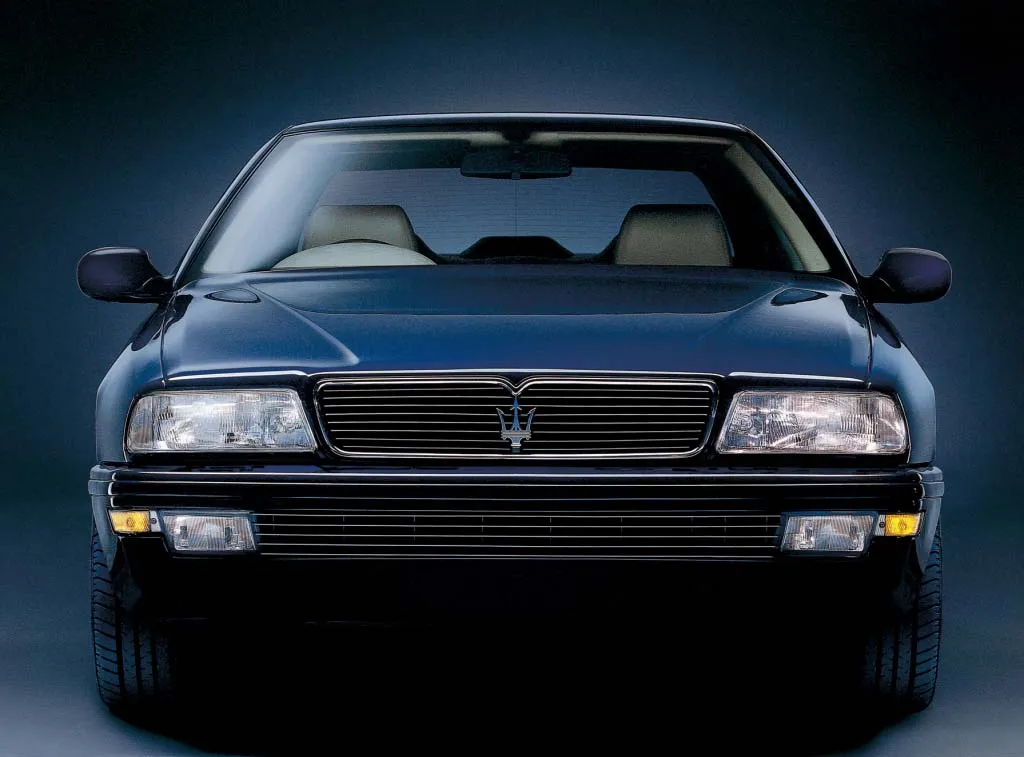
In 1997, FIAT would massively overhaul everything that Maserati did. From updating the decrepit workshops and improving their manufacturing methods and quality control. This was a big step forward and would draw a defining line in depreciation values of Maserati models going forward.
To highlight how much of a difference there now was, this new model now had half of its 800 components as brand new or completely modified. The Quattroporte Evoluzione came with a 2.8L V6 or 3,2L V8 engine.
To emphasize how well these better quality Maserati’s were being appreciated, they would sell 730 models during their three year run.
This last edition of the Maserati Quattroporte would see a turning point, a light at the end of a dark tunnel, that would see Maserati returning to form. They were back on their way to making cars that would be respected, envied and adored.

